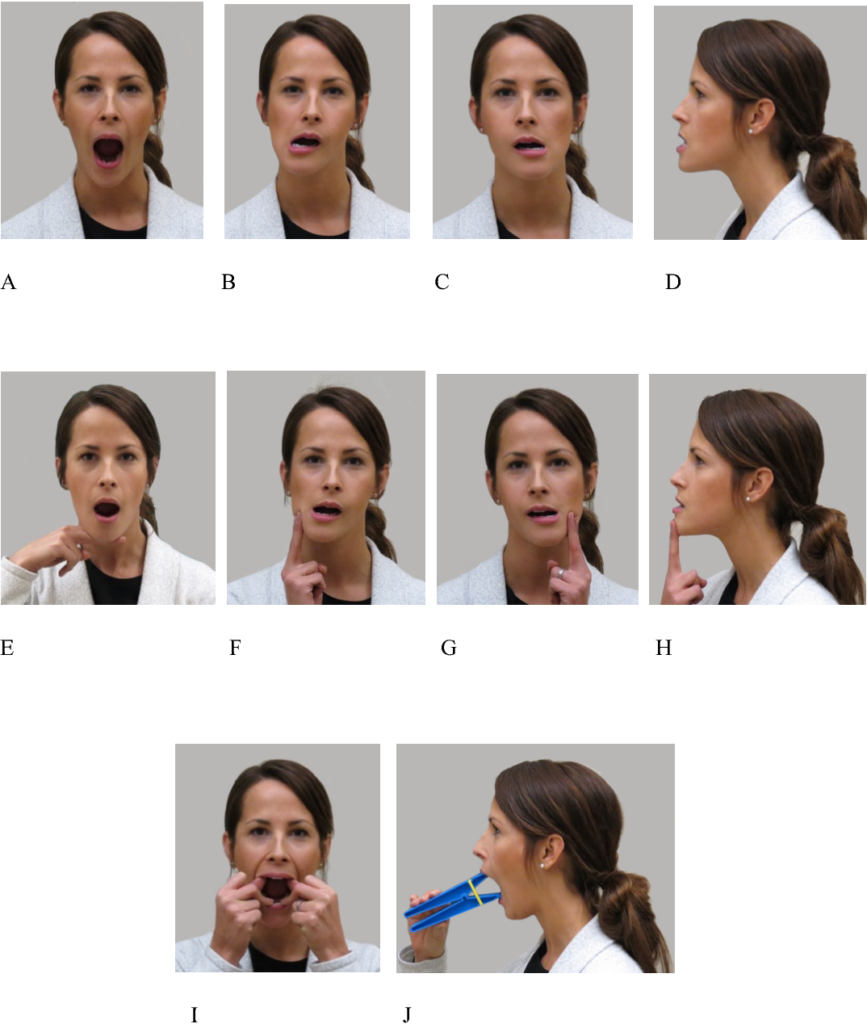
About TMJ
TMJ is the only movable joint in Maxillofacial region. It joins the lower jaw with the skull. It helps in Mouth opening and closing. It also helps in Lateral, excursive & chewing movements.
Symptoms
TMJ disorders are basically problems associated TM Joint and surrounding muscles. The symptoms of TMJ include pain while eating, talking or yawning; ear ringing; clicking sounds in the joint during movement; difficulty in mouth opening/jaw locking and asymmetrical opening of the mouth.
Causes
Most of the TMJ disorders occur due to stress associated clenching or grinding of the teeth. It can also occur due to some kind of trauma to the jaw, improper bite or an erupting wisdom tooth.
Precautions
-Avoid wide opening of mouth
-Support your lower jaw while yawning
-Eat soft food when symptoms are active
-Be mindful of your resting jaw position. The tip of the tongue should be resting lightly on the roof of your mouth behind the upper central incisors in rest position.
-Do not clench/grind teeth, avoid chewing gums/nails/cheeks.
-Avoid resting your lower jaw on your hand.
-Correct your posture & Sleeping positions
Conservative Management at home
-Stress reduction- performing meditation, yoga, morning walk etc.
-Alternate hot & cold compresses on the side of your face for around 10-15 minutes twice/thrice a day
-Immediately after the compresses or during the shower, gently massage on the muscles on the sides of your face, near the TM joint and on the sides of your head and neck (if you have associated head & neck pain).
Perform TMJ exercises
–Keep the tip of your tongue on the roof of your mouth & open your mouth slowly in a straight direction while standing in front of a mirror. If your TMJ starts paining/clicking while opening then stop opening before the clicking sound/pain. Repeat this exercise 5-10 times twice/thrice a day.
-Perform opening, closing and lateral movements of the jaw.
-Muscle Strengthening/Passive Stretching exercise- Try opening the jaw while putting pressure below the chin in upward direction. During left lateral movement, push the jaw on the right side by putting pressure through your thumb from left side of your chin. Vice Versa during right lateral movement, try pushing the jaw on the opposite(left) side by putting pressure on the right side of your chin.

-Consult an Oral Medicine Specialist or a Maxillofacial Surgeon for a conservative management of TMJ Disorders.
BY: DR. ALKA BULCHANDANI
ORAL MEDICINE & RADIOLOGY SPECIALIST